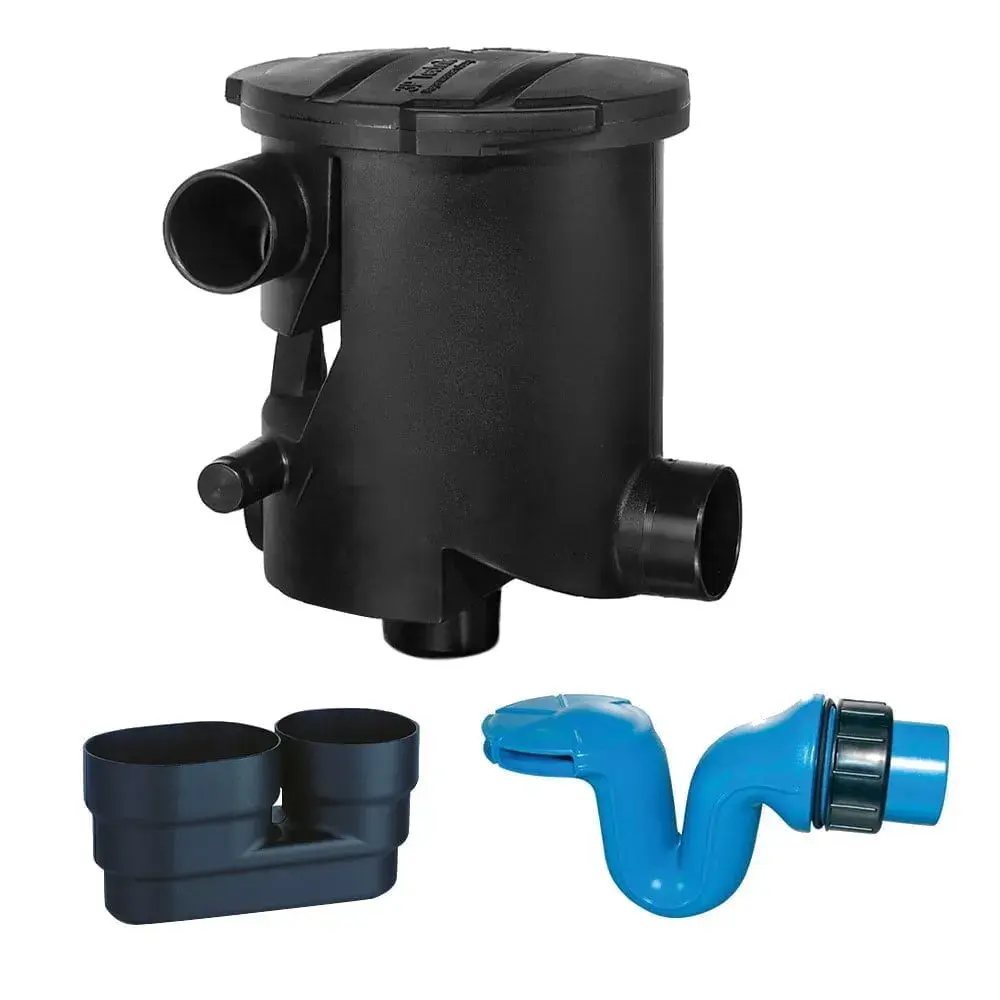Chemical dosing is used to treat sewage effluent at wastewater treatment works. It involves the automatic injection of reagents into a wastewater network to treat odour, reduce phosphorus concentration, correct pH levels, and aid in settling sludge and solids in water.
How is chemical dosing done?
To accurately and consistently inject chemicals into wastewater, you will need a pump technology that delivers chemicals in a way that optimises their usage and increases their effectiveness. A chemical dosing system that employs either metering or peristaltic pumps attached to pipework built into a cabinet containing a control system provides the most effective solution for this process.
The chemicals used in phosphate removal are very expensive. Therefore, it is the interest of treatment plants to exercise strict control of their dosing regimen so that they remain compliant and still make profits. The most reliable and cost-effective approach to phosphate removal is the closed loop, feed-forward system.
What type of reagents are used in chemical dosing?
There are different types of chemicals used in dosing systems, but your environmental permit determines what substance you use.
Ferrous dosing unit
Ferrous dosing systems are mainly used in sewers where bio-reactions occur regularly. These reactions produce hydrogen sulphide, a gas that is characterised by its rotten egg smell. Ferrous dosing reduces the impact of hydrogen sulphide odours by starting another chemical reaction. It utilises ferrous chloride, which binds with sulphides in the wastewater, forming a stable insoluble precipitate. The key benefits of this dosing system are that it eliminates the formation of hydrogen sulphide odours and lessens the corrosion of wastewater facilities.
Magnesium hydroxide dosing unit
Chemical reactions that cause hydrogen sulphide emissions require pH levels between 6.8 and 7.2. If the pH level goes higher or lower than that, then conditions are no longer conducive. Magnesium dosing units work by raising the pH level to an eight or higher, and this reduces the production of odorous gases.
Calcium nitrate dosing unit
The bacteria in untreated wastewater initiate a biological process that develops free-ranging sulphides that bond with hydrogen molecules to form a highly toxic hydrogen sulphide gas. When calcium nitrate is added to wastewater, it provides an alternative oxygen source, creating a new reaction pathway. This decreases hydrogen sulphide production, which then reduces the presence of odours.
If you're looking for high-quality water tanks and chemical storage tanks, take a look at our range at Enduramaxx today.
Posts By Topics
- Blog (303)
- Chemical Storage Tanks (118)
- Chemical Dosing Tanks (114)
- Chemical Tanks (114)
- Water Tanks (58)
- Rainwater Harvesting Tanks (43)
- Vertical Rainwater Tanks (31)
- Vertical Storage Tanks (31)
- Cone Bottom Tanks (19)
- Conical Cone Tanks (18)
- Rainwater Harvesting (17)
- Water Bowsers (15)
- Horizontal Tanks (14)
- Potable Water Tanks (13)
- Farming (9)
- Case Studies (8)
- Industrial Storage Tanks (7)
- Liquid Fertilser Storage Tanks (6)
- WRAS Approved Potable Tanks (6)
- Wine and Beer Production (6)
- Horizontal Transport Tanks (5)
- Microbrewery (5)
- Rainwater (5)
- Category 5 Break Tanks (4)
- Cider Production (4)
- Mixer Tanks (4)
- Molasses Tanks (4)
- Polyethylene tanks (4)
- Rainwater Filter Kits (4)
- SPECIALIST & BESPOKE TANKS (4)
- Bunded Tanks (3)
- Slimline Tanks (3)
- WRAS Approved (3)
- Clarification Tanks (2)
- Crosslinked Polymer Tanks (XLPE) (2)
- Fertiliser Tanks (2)
- Sump Tanks (2)
- Tank Installation (2)
- Water Butt (2)
- underground water tanks (2)
- ACCESSORIES & FITTINGS (1)
- ATV & UTV SPRAYING UNITS (1)
- Above Ground Effluent Tanks (1)
- Bespoke Tank Frames (1)
- Category 5 Turret (1)
- Caustic Soda Tanks (1)
- Closed Top Bunded Tanks (1)
- Craft beer (1)
- Effluent Tanks (1)
- Enduramaxx (1)
- Ferric Chloride Tanks (1)
- Fire Safety Regulations (1)
- Fire Sprinkler Water Storage Tanks (1)
- Industrial Water Tank (1)
- Open Top Bunded Tanks (1)
- Open Top Cone Tanks (1)
- Open Top Vertical Tanks (1)
- Polyethylene Potable Water Tanks (1)
- Polyvinylidene Fluoride (PVDF) Tanks (1)
- Polyvinylidene Fluoride Tanks (PVDF) (1)
- Pressure Washers (1)
- Pro Series Spot Sprayers (1)
- RWH (1)
- Sodium Hydroxide Storage Tanks (1)
- Sprayer Fill-up Tanks (1)
- Uncategorised (1)
- liquid fertiliser tank (1)
Sign up to the newsletter
enduramaxx.marketing
Related Posts
What Is Sludge In Wastewater Treatment? Thickening, Dewatering & Disposal
Sludge wastewater treatment refers to the solids after separation from a liquid. It usually has a...
What Are The Regulations For Drinking-Water Tanks In The UK?
Drinking water tanks are a convenient way to keep fresh, clean water available for use in...
Thermoplastic Storage Tanks for Industry - Enduramaxx Ltd
Thermoplastic Storage Tanks – thermoplastics are the result of some of the most recent...
Related Products
From £1,080.00 inc. VAT
£900.00 exc. VAT
From £1,344.00 inc. VAT
£1,120.00 exc. VAT
From £768.00 inc. VAT
£640.00 exc. VAT
£480.00 inc. VAT
£400.00 exc. VAT





